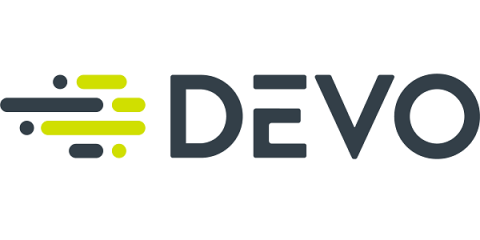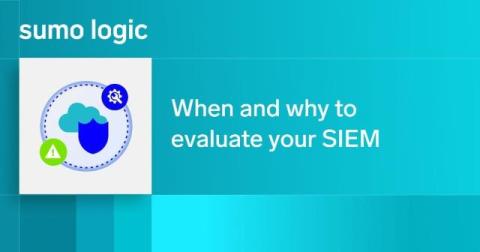Navigating the SIEM Consolidation: Key Questions
The SIEM market is in flux. Mergers, acquisitions, and vendors leaving the space are creating uncertainty for organizations that rely on SIEMs as the cornerstone of their security operations. If your organization is feeling the ripple effects of this consolidation, it’s time for a SIEM checkup. This means critically examining your current SIEM stack and vendor relationship to ensure they’re still serving your evolving security needs.










